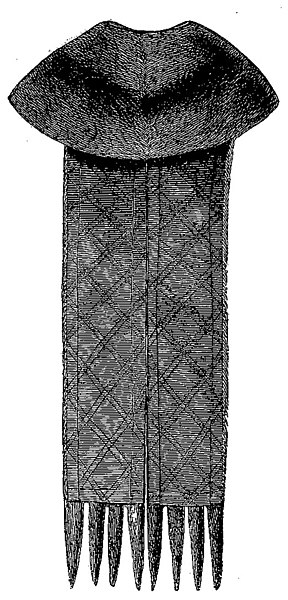Background Information
Back in the Middle Gothic period, tippets were a thing among men and women. It became a status symbol, especially for those who belong in the upper class. These tippets could be made of gauze, lace, crepe, velvet, feathers, and fur. The history of tippet is indeed rich, which served its purpose, from the wealthy, the academe, and the church. If you are curious, continue reading to learn more on the history of tippet.
The tippet used to be one of the few clothing items worn by both men and women. It is a long and narrow strip of clothing, resembling a scarf, worn over the shoulders. It resembles a stole but a more secular rather than ecclesiastical variety. The purpose of the tippet is primarily ornamental, although some variations of the tippet can also provide warmth or protection to the shoulders.
The term can also refer to a long streamer-like strip of fabric, usually white. It was used as an armband, worn above the elbow, with the long end gracefully hanging down to the knee or the ground.
These graceful tippets became fashionable, especially from the 14th to 19th centuries, and were worn by men and women.
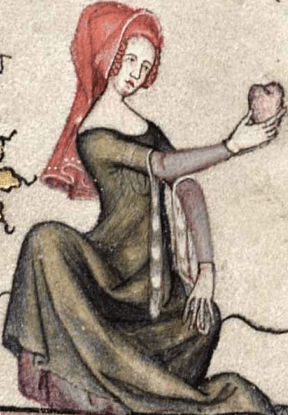
14th-century fur-lined tippet or hanging sleeve
Tippet in the 15th and 16th centuries
During the 15th century, the tippet came to define a long streamer. It was also sometimes called a “liripipe,” a clothing element that extended from a hood or hat and could be worn by both men or women.
Another variation of the tippet was called “zibellino,” a fashion accessory only for women that could be worn around the neck, hung at the waist or carried by hand. It was usually made of certain animals’ pelt (fur), like marten or sable (related to otters and weasels). Here are some examples of the 15th and 16th-century tippet and its variations:
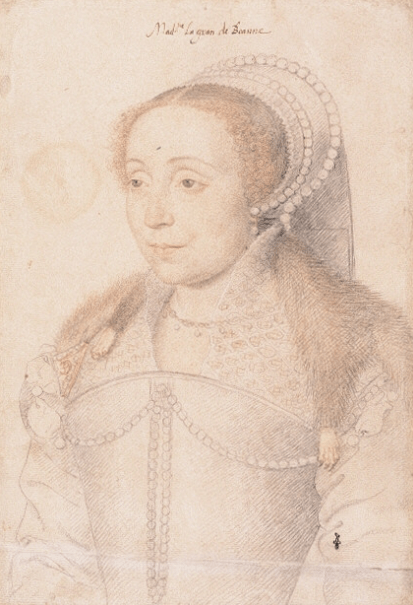
16th-century zibellino or fur tippet

“Portrait of a Young Man (Tymotheos)” by Jan van Eyck, 1432. The liripipe is draped in front at left
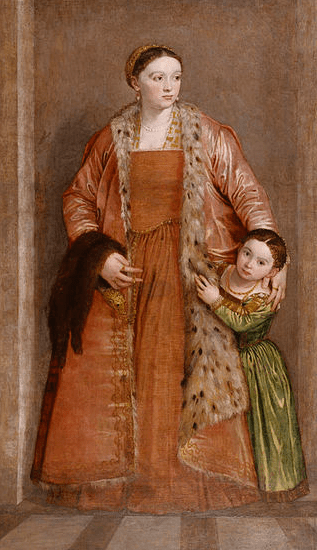
A portrait of a woman and child, with zibellino hanging on the woman’s left wrist
Tippet in the 18th and 19th centuries
In 18th-century fashion, the tippet came to define a piece of clothing resembling a cape or a scarf, which was usually worn around the neck and hanging down in front. It was also called a “capelet.” It lasted into the 1800s fashion as a reasonably popular garment.
Here is an example of 18th– and 19th– century tippets:
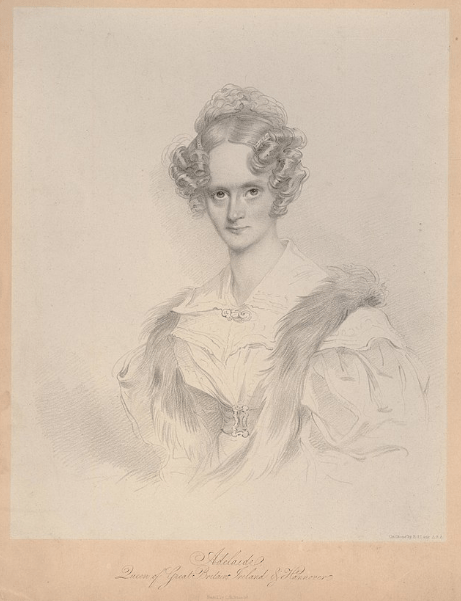
Adelaide Queen of Great Britatin, Ireland, and Hanover wearing a fur tippet
Ecclesiastical tippet
The use of tippet dates back before the Reformation. Tippets were part of a church vestment to distinguish the clergy among the choristers. At that time, tippets were also considered as practical garments to provide warmth for the wearer before church buildings were heated especially during winter.
Nowadays, the tippet mostly refers to a long scarf, usually black, worn over the robe by Anglican and Episcopal priests, deacons, and lay readers. It is also called a “preaching scarf.” It is usually made of wool or worsted fabric, although it can also be made of silk if the wearer holds a master’s or doctor’s degree.
Tippets were ideally embroidered with the logo of the theological school of the wearer, which can either be placed on either the left or right side. Also, a symbol of their denomination may also be included on the tippet. But if one wants his tippet to be unadorned, it is equally fine.
Some Lutherans wear black tippets, which are usually embroidered with the seal of the Society of the Holy Trinity when presiding at their daily office.
 Conclusion
Conclusion
From the 14th century until now, tippets have indeed a rich history. From being a status symbol for the wealthy, from being a clerical garment, for academic purposes, tippets served their purpose. Hopefully, you enjoyed reading this article and gain a lot of new knowledge about the history of tippets.

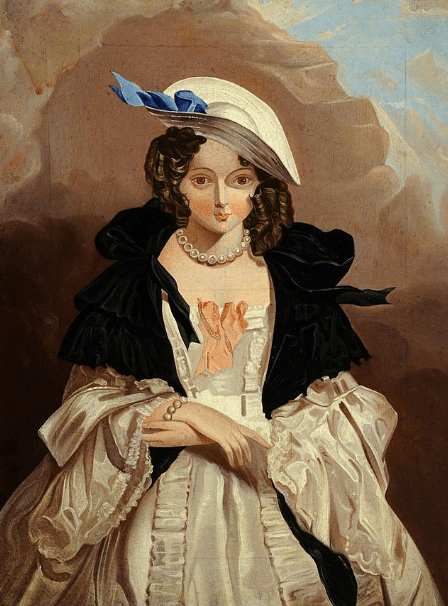
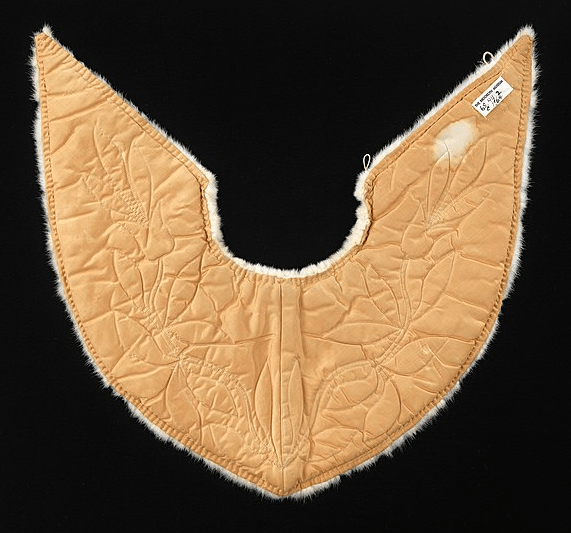
 Conclusion
Conclusion